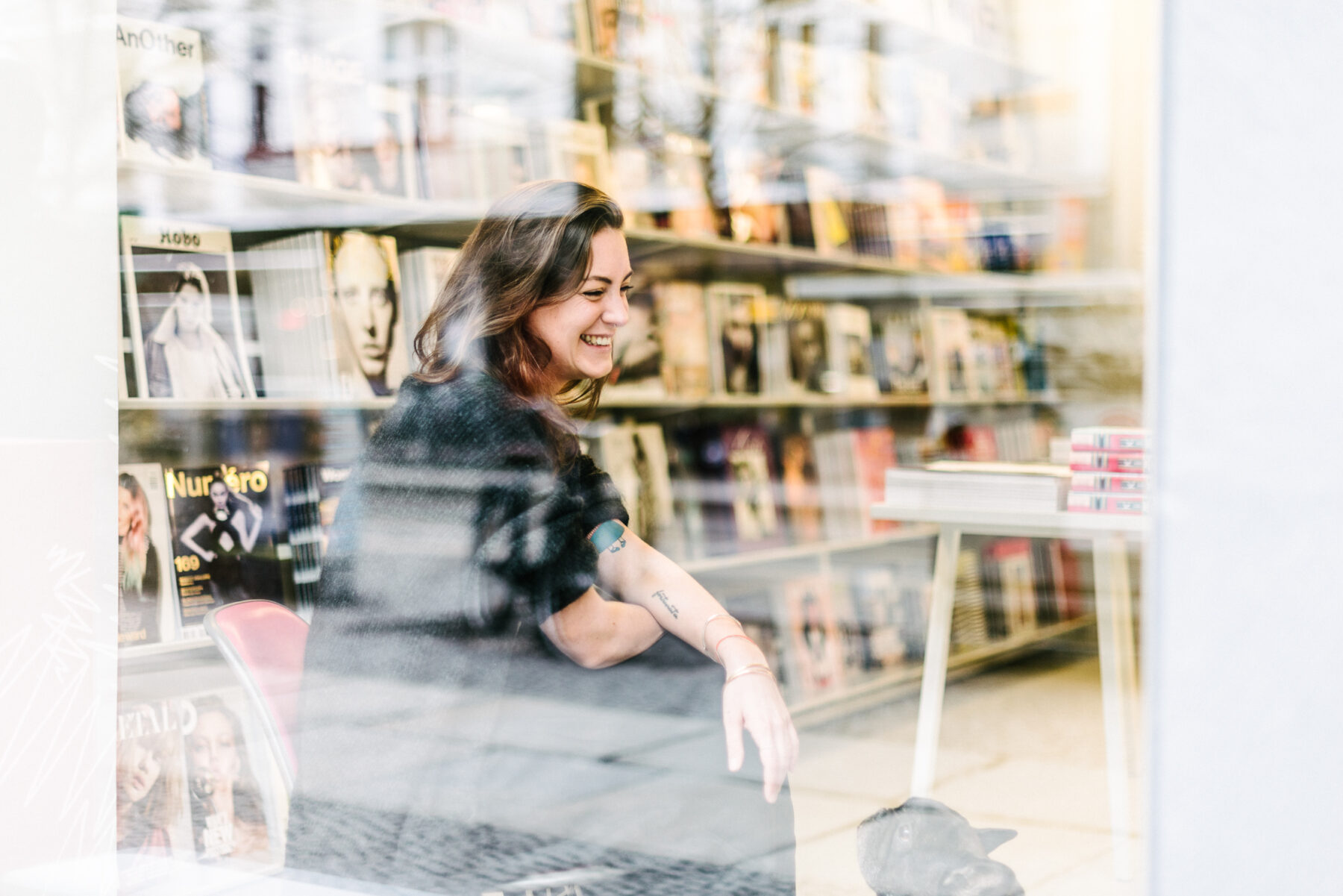Magazines, once the voices of entire generations, have today diminished in scope. But their enticing covers and tangible nature still hold a timeless appeal.
As aesthetic objects that we read, re-read, and collect, magazines offer an analog alternative to the daily digital barrage. We spoke with head of Berlin’s Soda Books, Isabell Hummel, about the enduring role of magazines in the digital era.
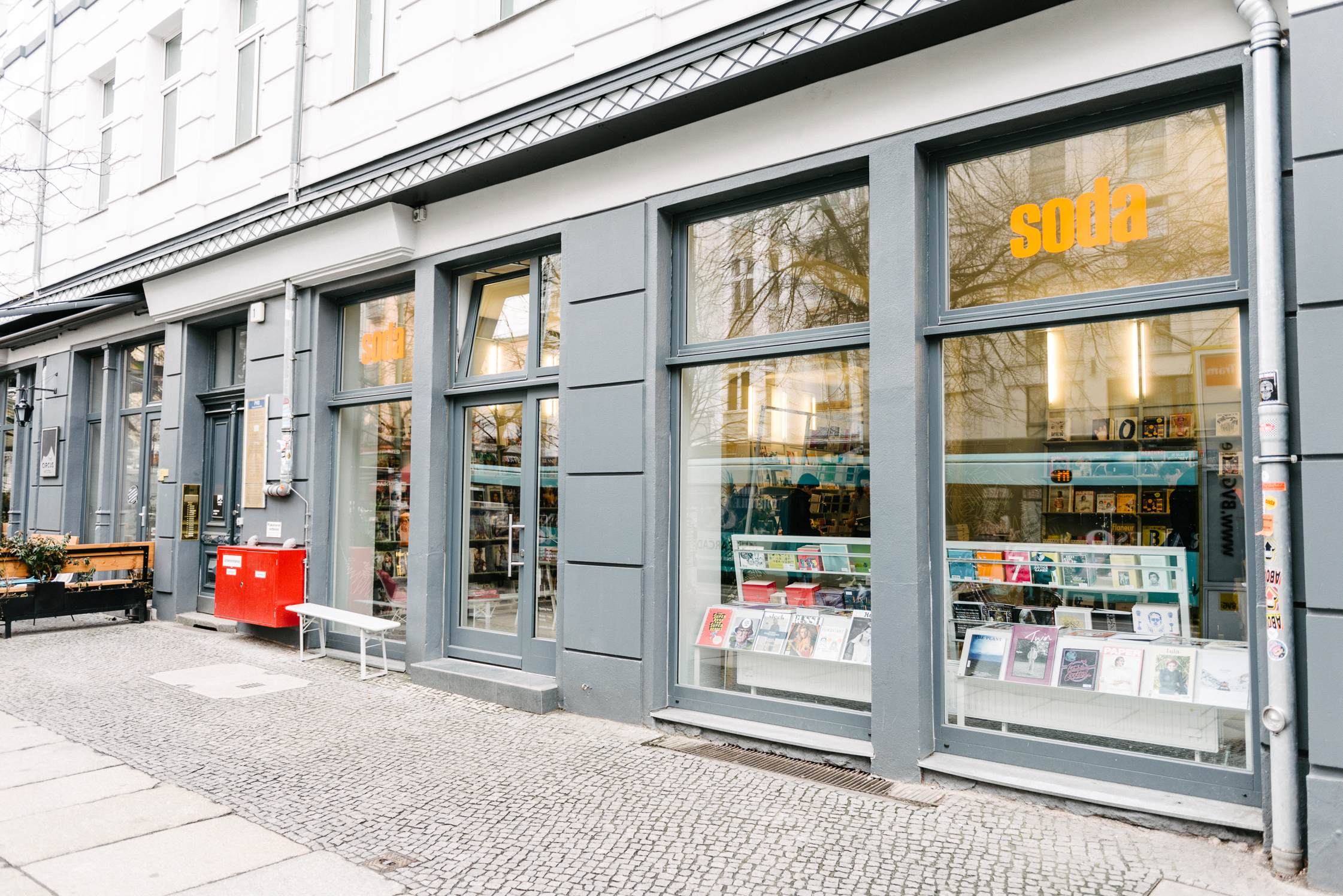
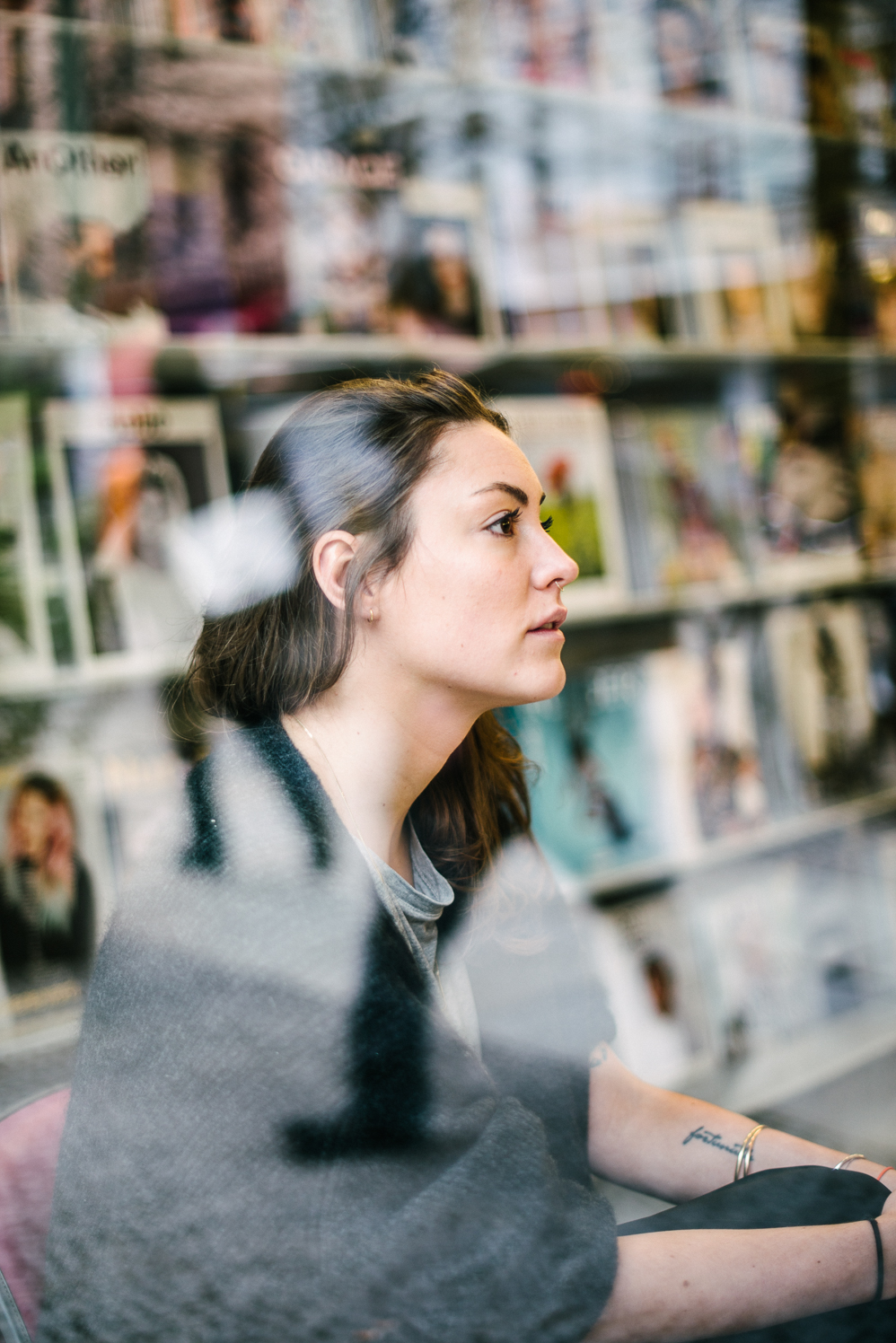
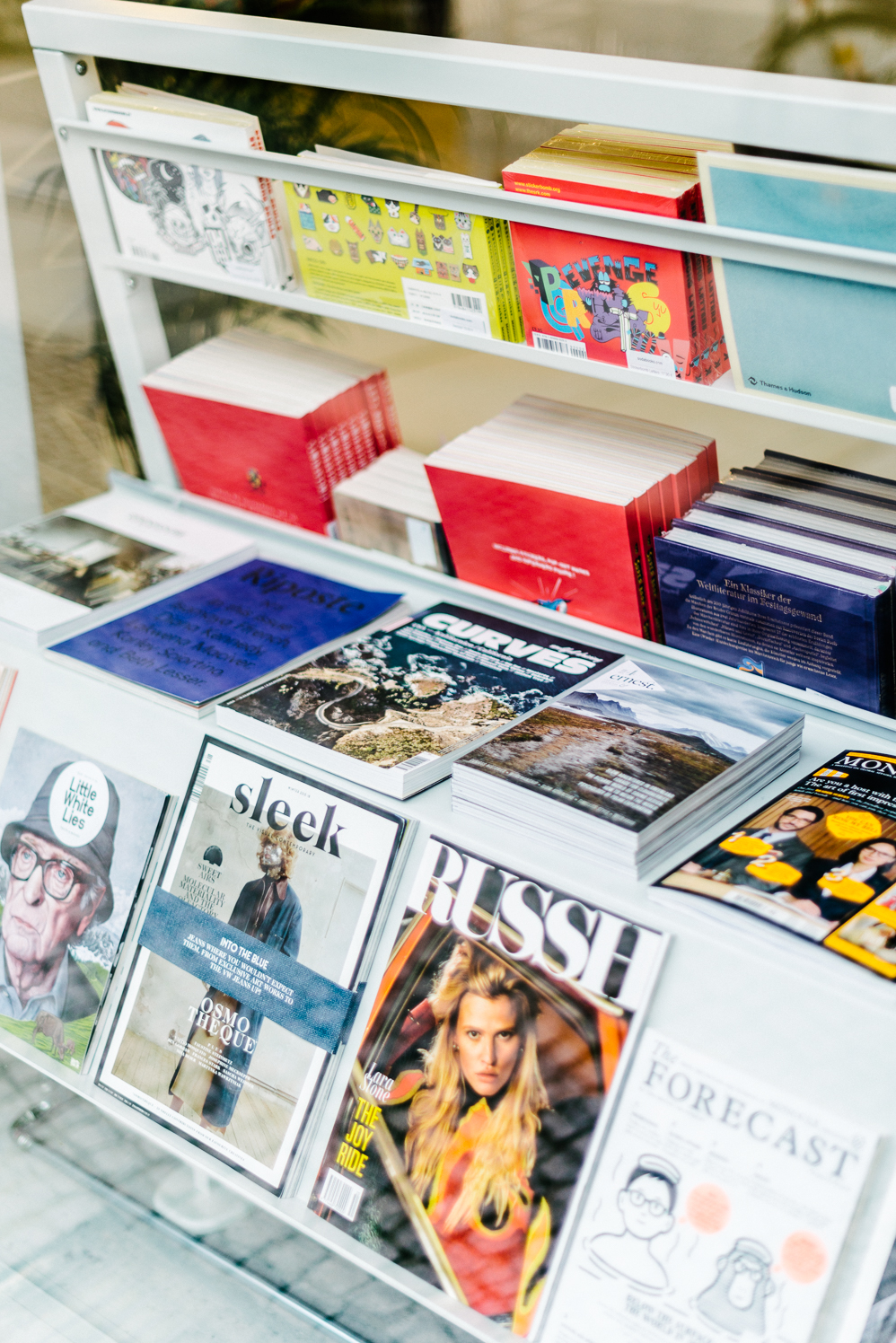
“We always try to have a good mixture of the obvious titles and those that people don’t know, the weird publications that are new and inspiring.”
-
Isabell, lovely to meet you. What’s the story behind Soda Books?
It started in Munich twelve years ago, where I’m originally from. I studied fashion journalism, so I was always connected to the world of magazines, but somehow found myself working in retail. I was running a pop-up shop across the road from the first Soda store when I met Sebastian, the founder. We became friends and in 2015 we opened a new shop in Berlin together.
-
And what kinds of magazines do you stock?
Because of the location, we get lots of tourists, but our main customers are creatives from the agencies that populate this district. They come in knowing what they want, but they also want to be inspired. So we always try to have a good mixture of the obvious titles and those that people don’t know, the weird publications that are new and inspiring.
-
What makes your medium special?
The real appeal of magazines is their physical nature, having something in your hand. The feel, the smell of the paper, being able to stack them in your home—there’s something tangible and real about reading a magazine. It’s a different experience, more personal than other mediums. I like reading in general, books too, but I’ve never owned a Kindle. Every time I travel, I overpack with books because I like having a real object in my hands and seeing how far through it I am.
-
You don’t get that with an infinitely scrolling website!
Exactly. But magazines and websites differ in another way too. Making a magazine takes a long time. They have big teams behind them that discuss the topics, plan, and research ideas. They spend a lot more time on production because the costs are so high. Once you print, there’s no revision. It’s permanent, and that means magazine content has to be good. If you’re scrolling through a blog, on the other hand, you see content one day and the next day it’s new.
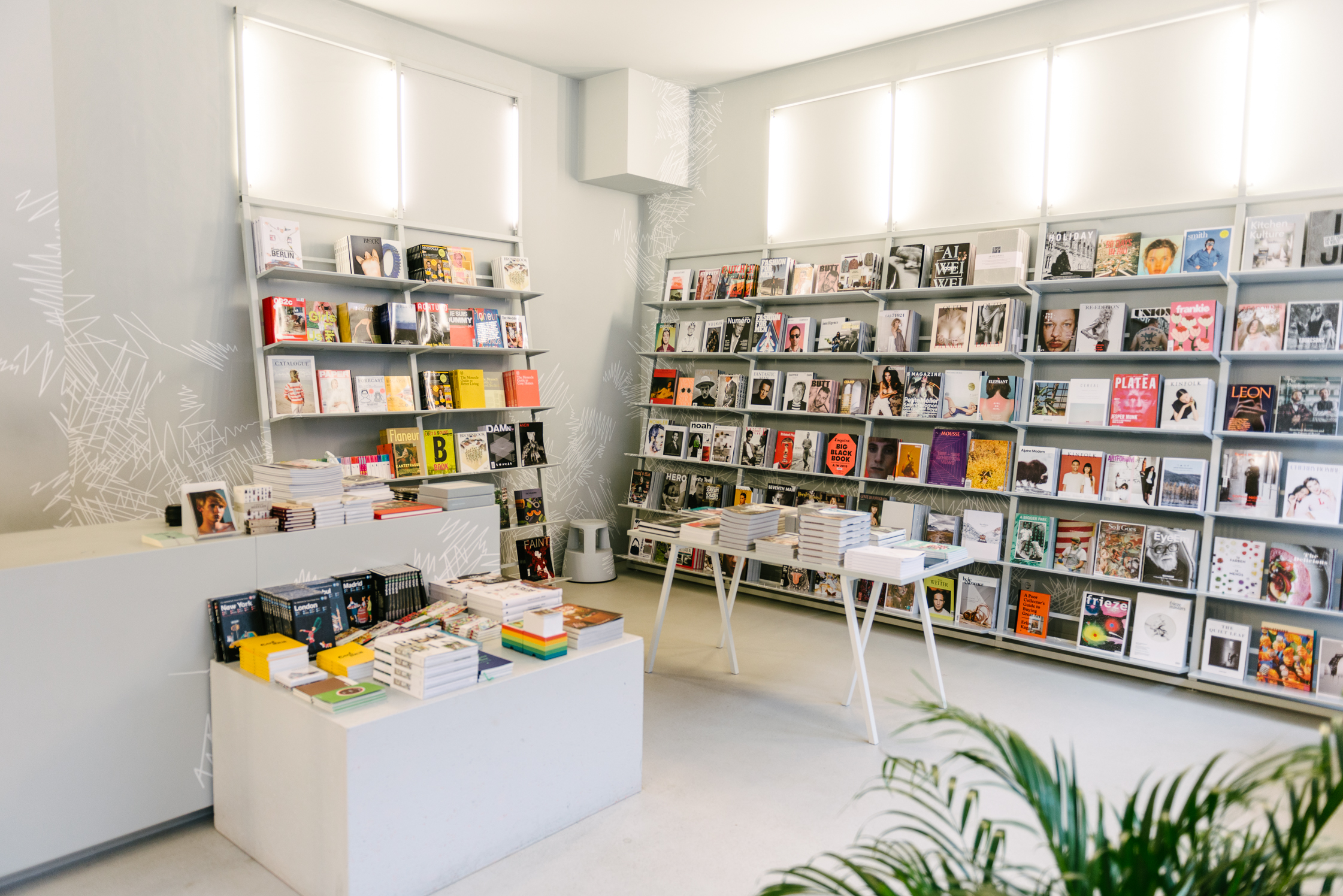
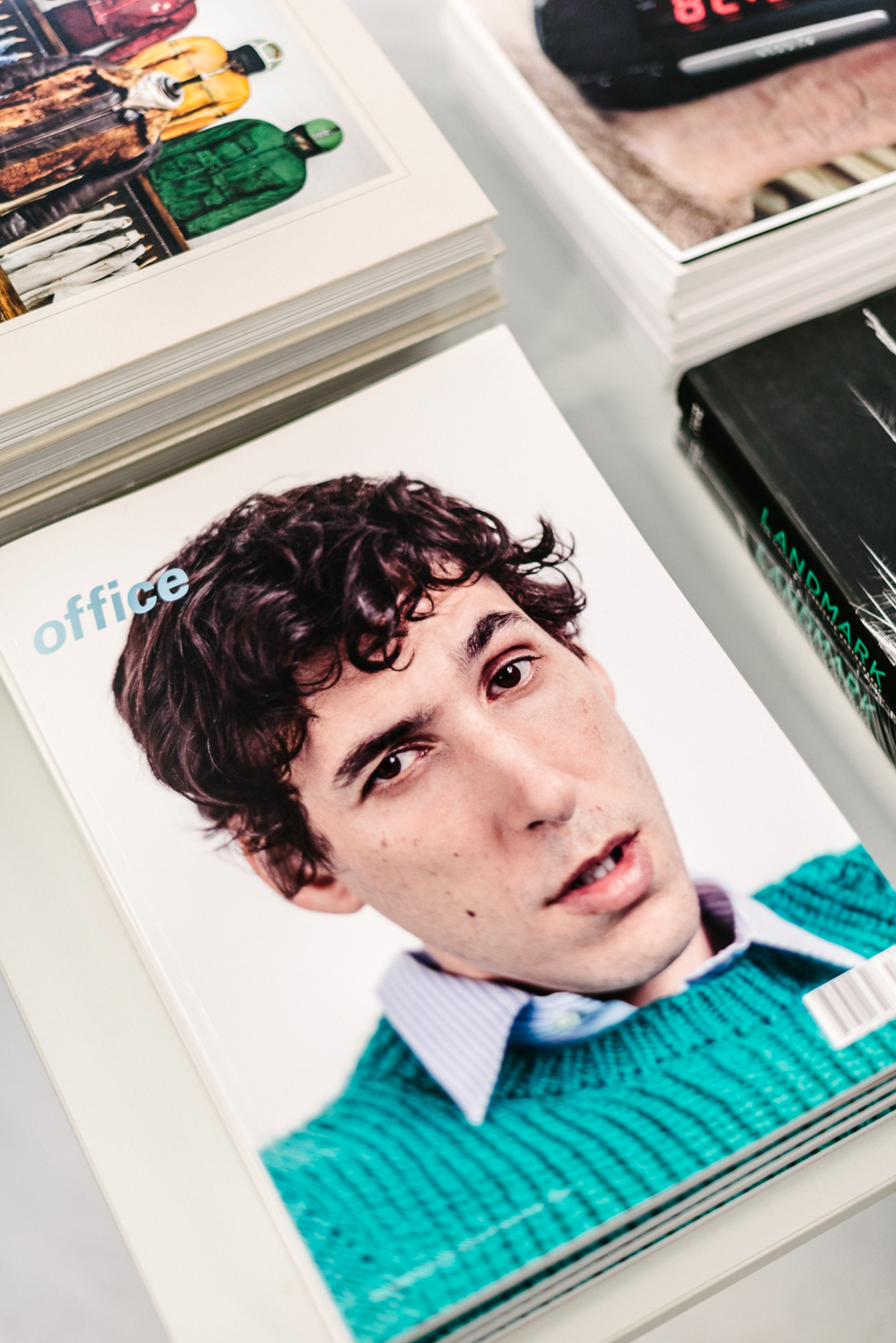
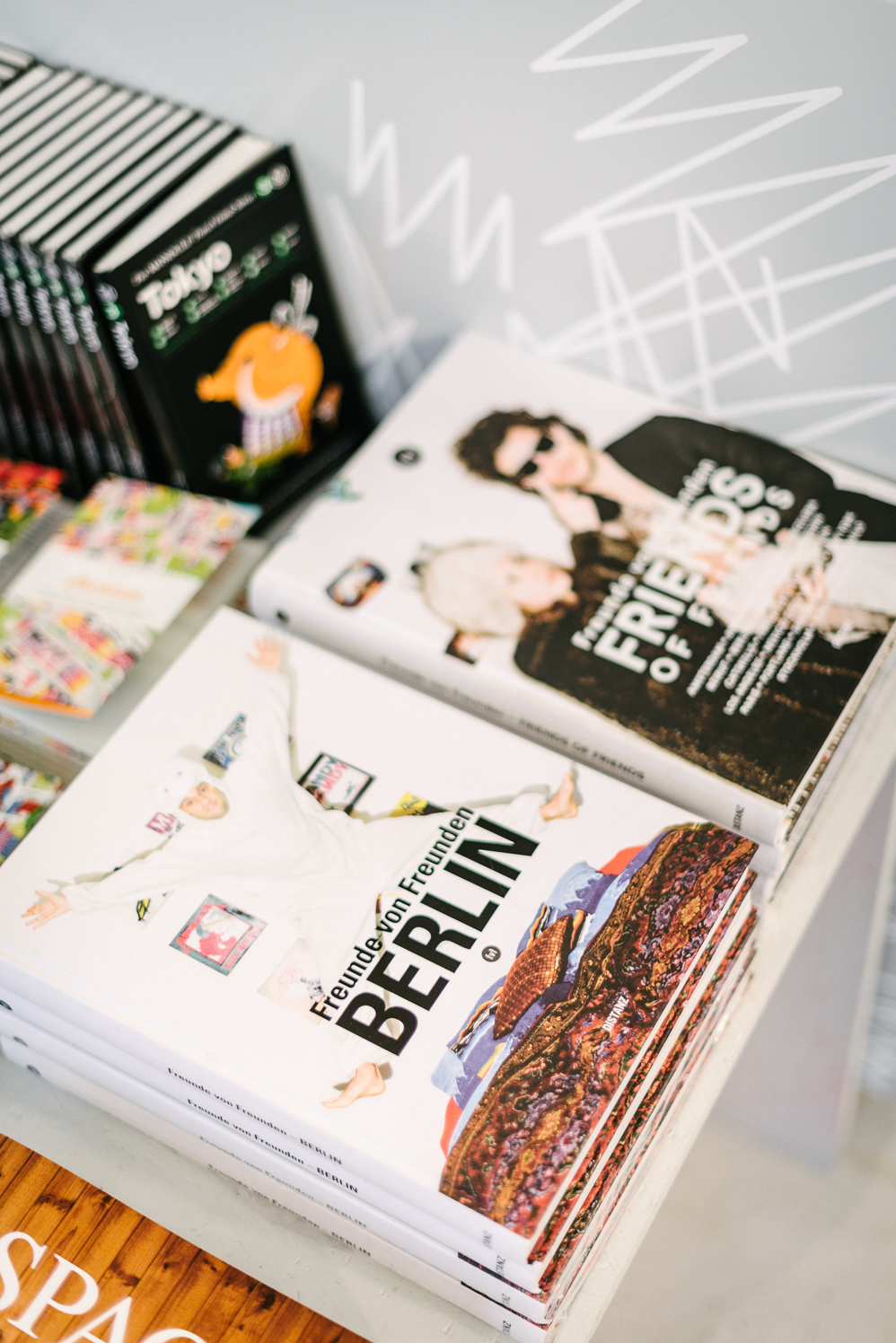
“By establishing a trusted look, feel, tone, and visual, magazines create something palpable that their reader can relate to.”
-
A website, though, facilitates comment. How does a magazine interact with its audience?
Magazines, as we all know, aren’t having the easiest of times. They have to be very conscious about who their target audience is. But by establishing a trusted look, feel, tone, and visual, magazines create something palpable that their reader can relate to. Monocle, for example, has built up a culture around their magazine. It’s bought mostly by men, and I see the same men come every month to buy it. They know it’s going to give them something of value each time, a good overall look at the topics they’re interested in. That’s how magazines relate to their readers, by building a culture.
-
Sometimes customers want cheap, trashy magazines. Why don’t you stock those?
We prefer to stock magazines that aren’t well known. I mean, a Cosmopolitan is like a coffee from Starbucks: everyone knows it, everyone buys it. Why not? It’s there. Our selection is more like a nice cozy coffee place that you go to because you know you get the finest stuff there. It’s a bit more expensive but you know it’s good.
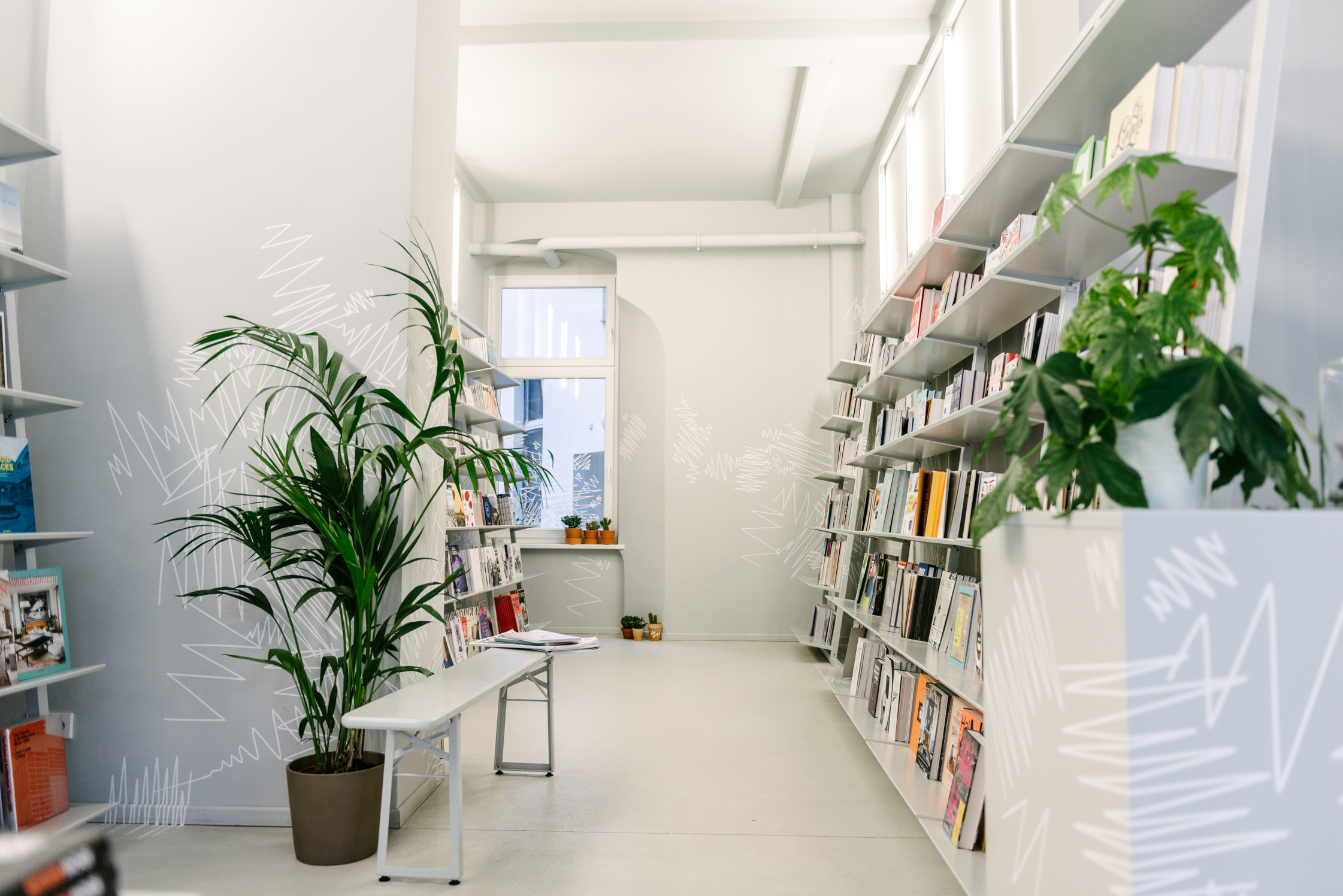
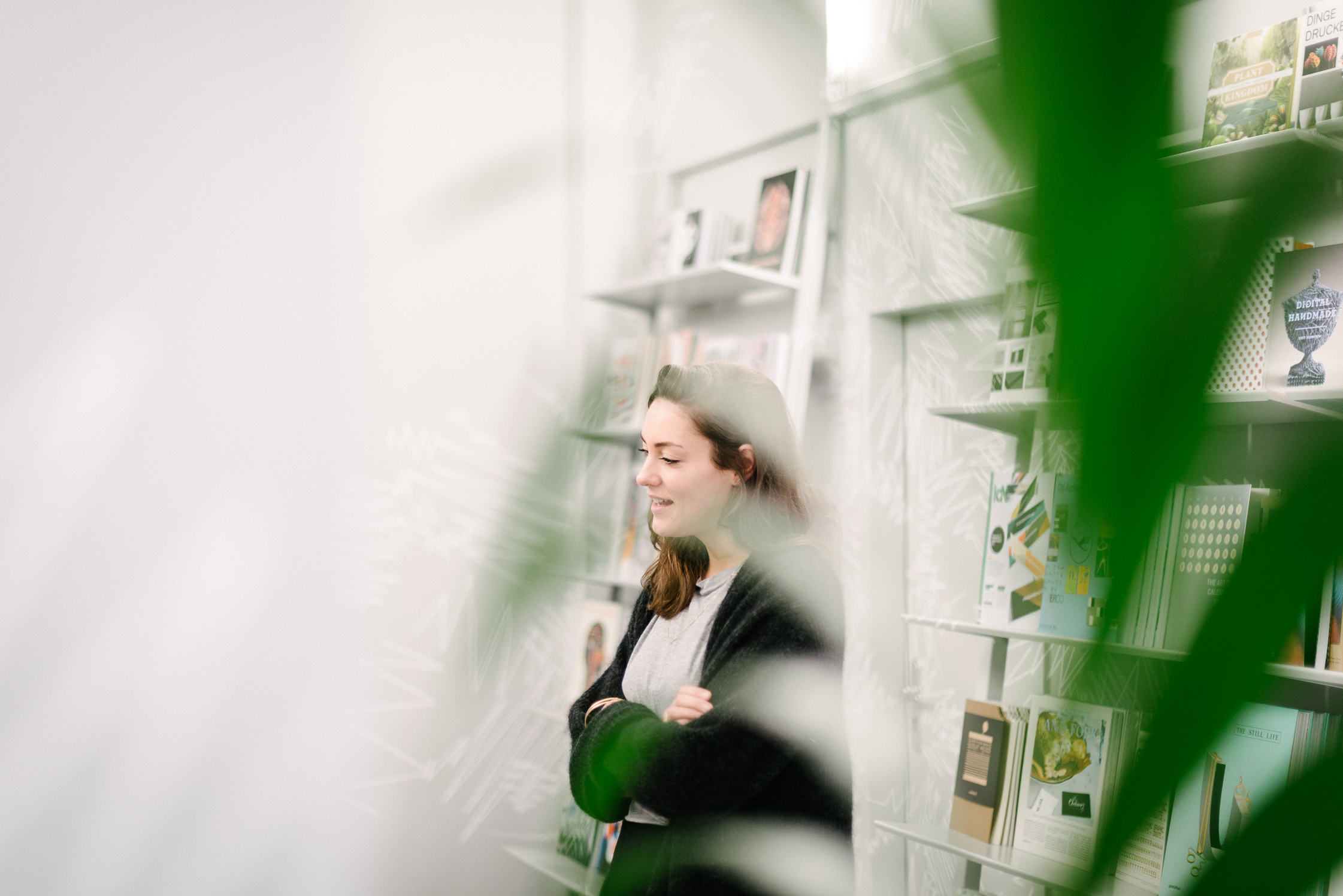
“For me, I need a moment sometimes, to really sit down and read a magazine.”
-
It’s common to see piles of magazines in homes or businesses. What makes them so persistent?
I think it’s because magazines are, in a way, collectors’ items. They’re a moment in time or a rare perspective. Take Mirage, the fashion magazine. People go crazy collecting it, because they don’t know when the next issue will come out. We sold it here for 20€ per copy, and it sold out quick. But people still come in today asking for it, and a customer once told me he’d found a copy online for 70€! They only increase in value.
-
So there’ll always be a place for magazines.
Always. For me, I need a moment sometimes, to really sit down and read a magazine. The laptop is open all day. I’m always on the internet. Everything online gets thrown at you. It takes a conscious decision to look at a magazine, to become absorbed in it. It’s a “me time”, a conscious moment that you take for yourself, either because you want to be inspired or because you need time offline. When I read a magazine, it’s “off time”.

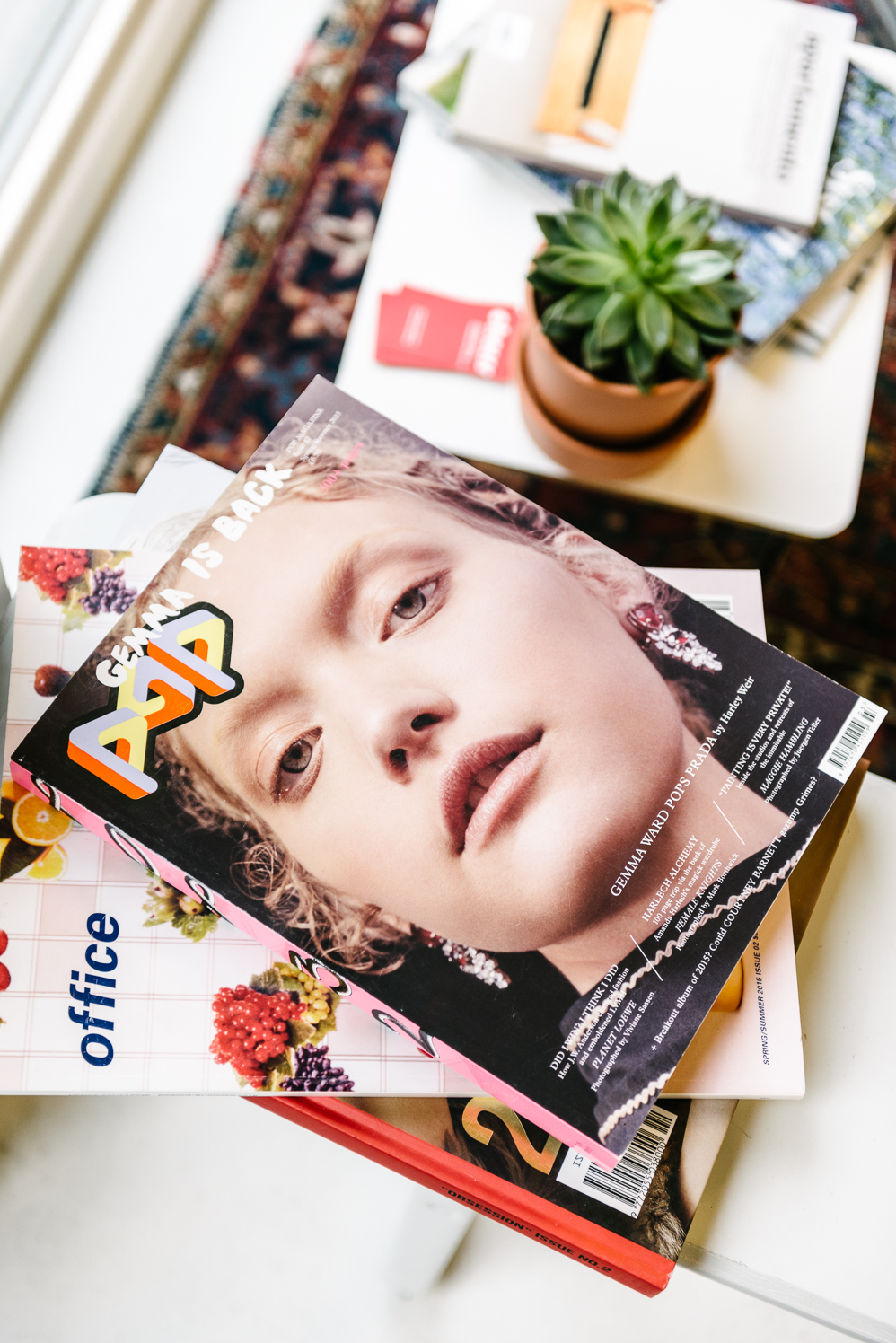
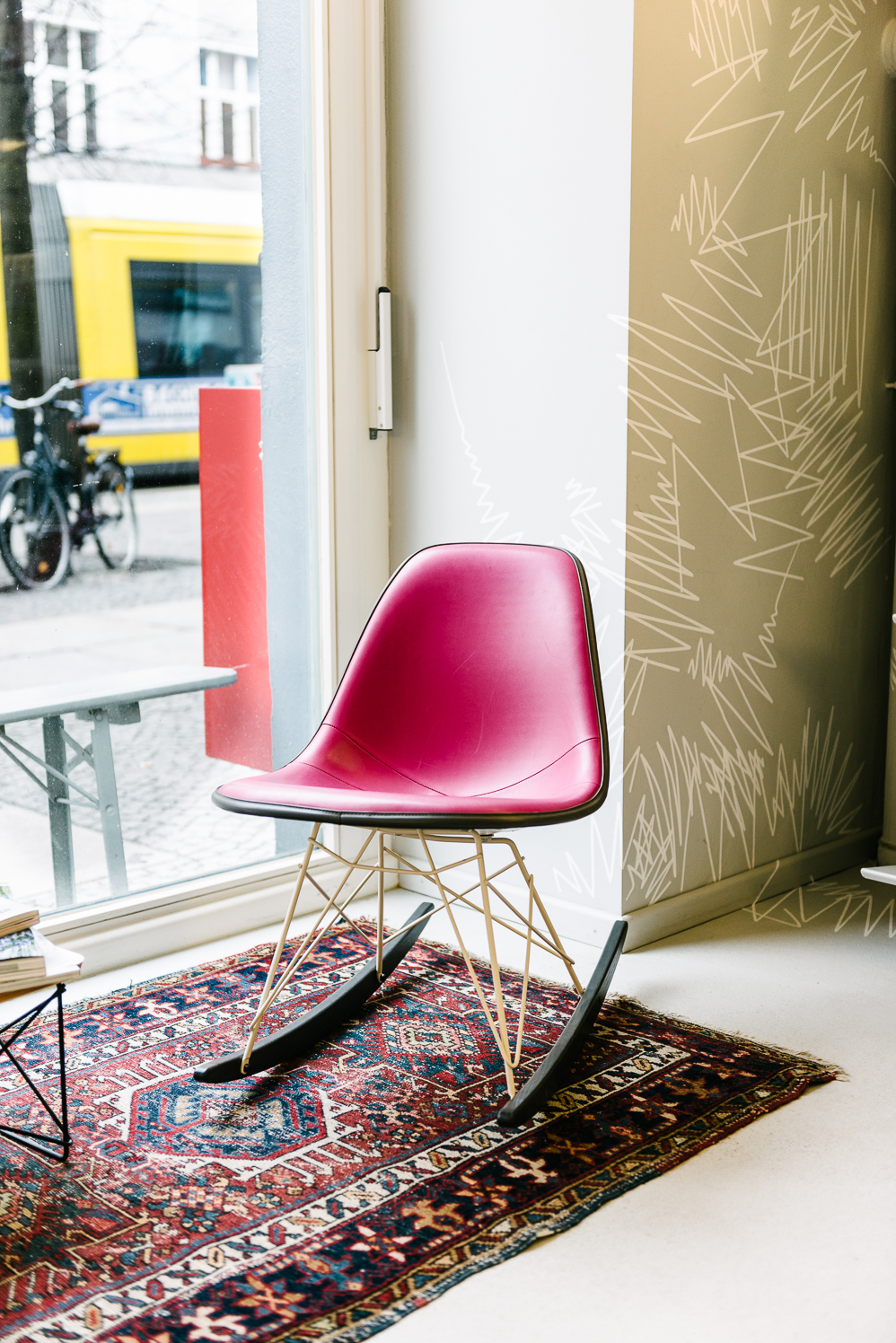
Isabell’s favorite publications
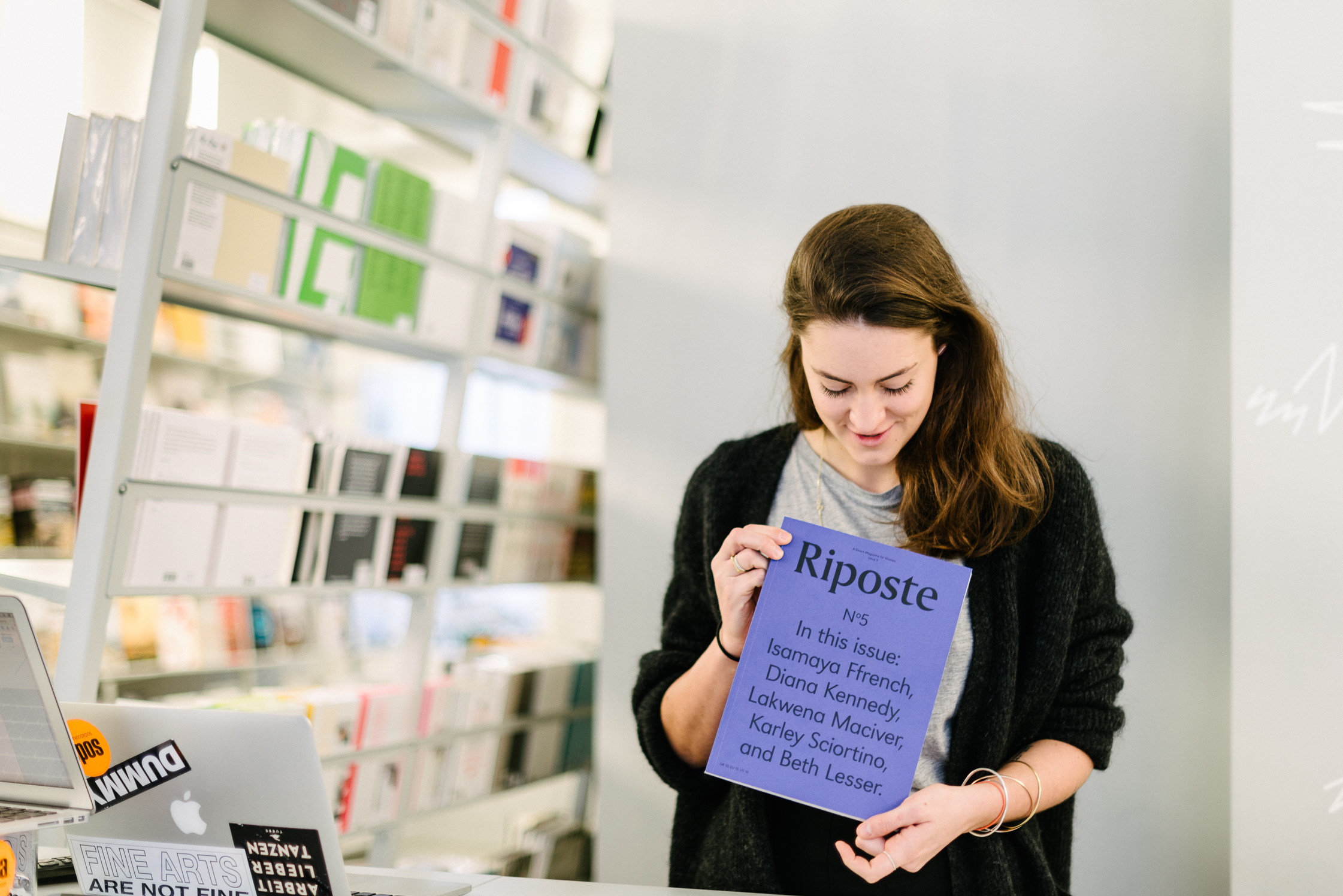
Riposte
A smart magazine for women. It has great graphics, and nice paper. It’s about women in creative industries; a little bit of culture, little bit of art.
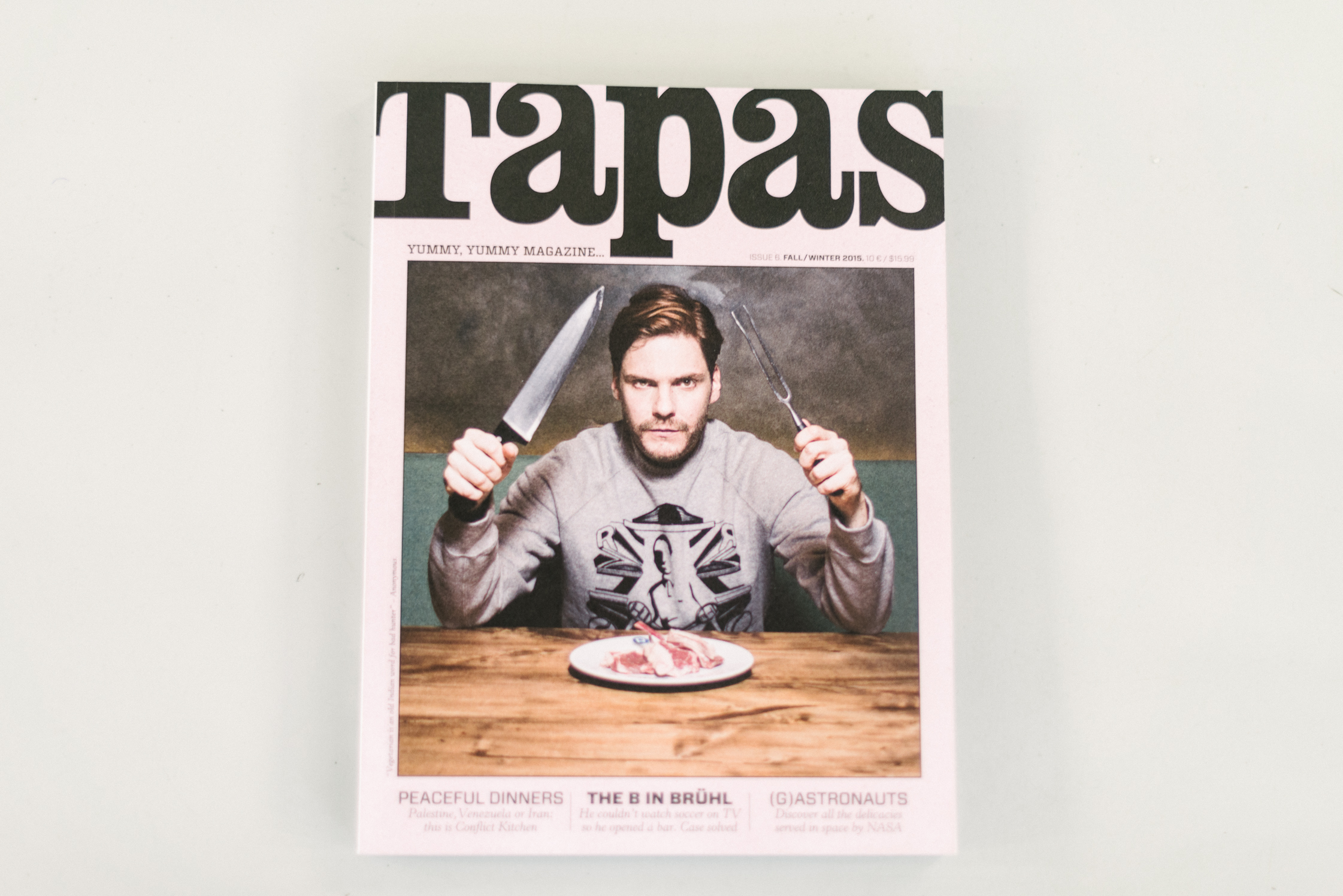
Tapas
It’s about food, fashion, and the mixture of both. It has a sense of humour that I like—in the first issue they told you how to successfully fry your smartphone! It’s a little bit off and very entertaining.
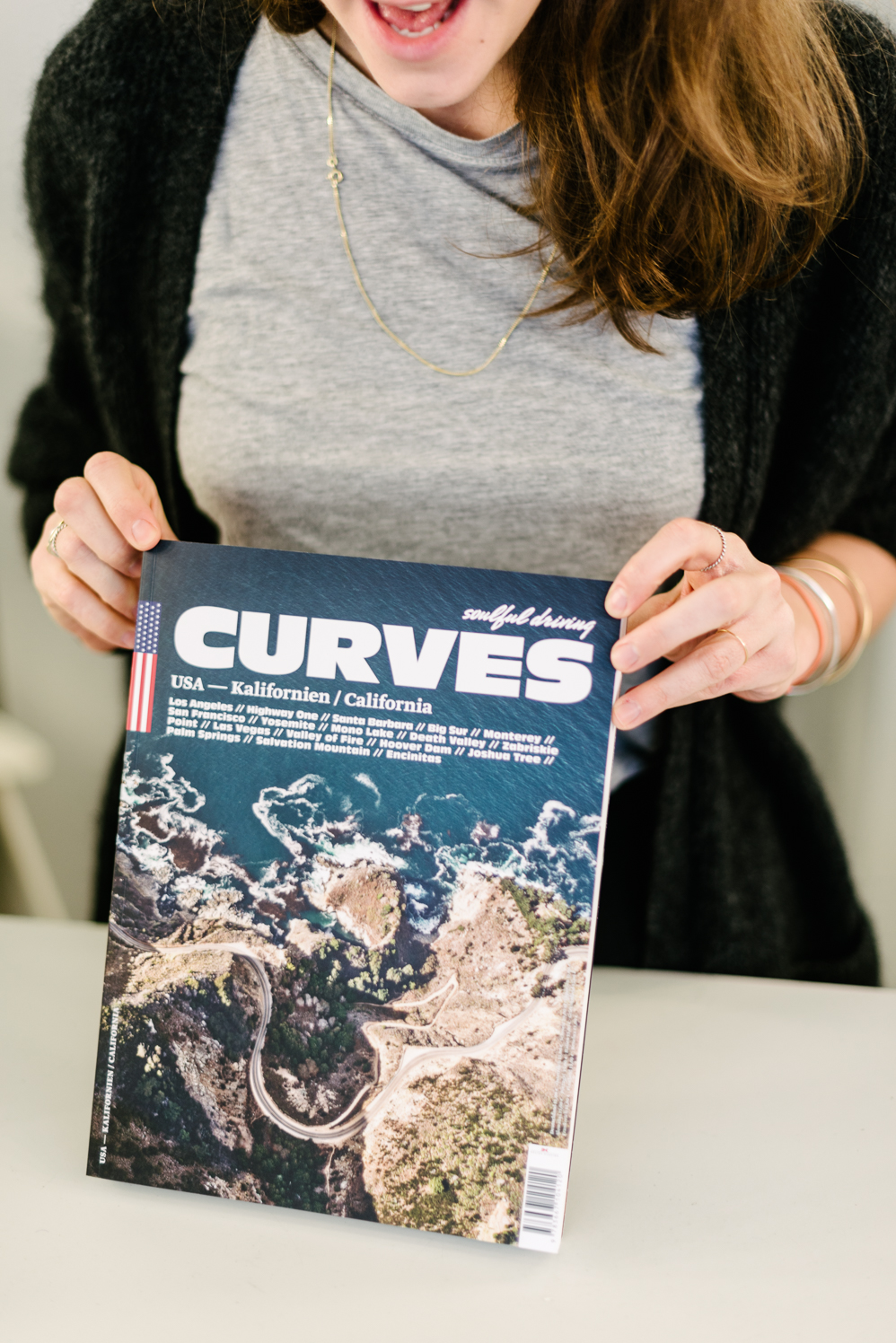
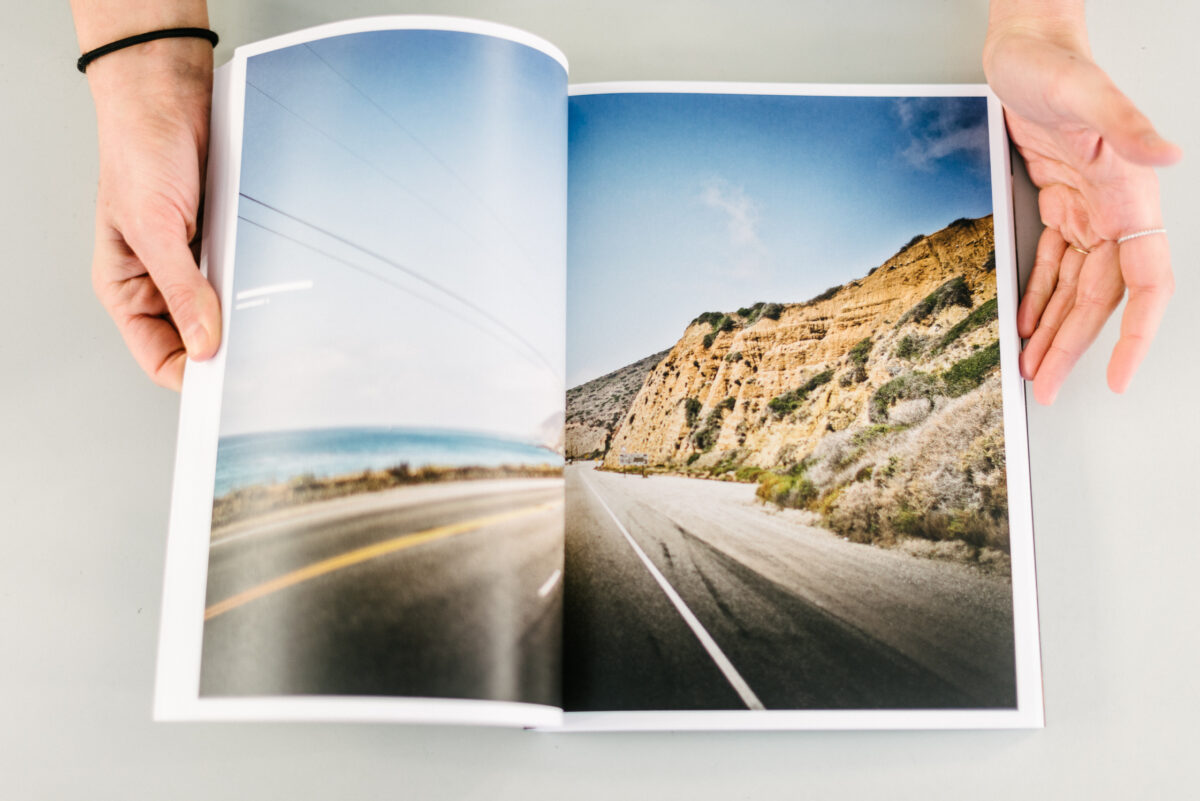
Curves
It profiles a new location each issue by focusing on roads. This one’s all about California, and the photography is fantastic. It’s a great present, especially for those that like to drive.
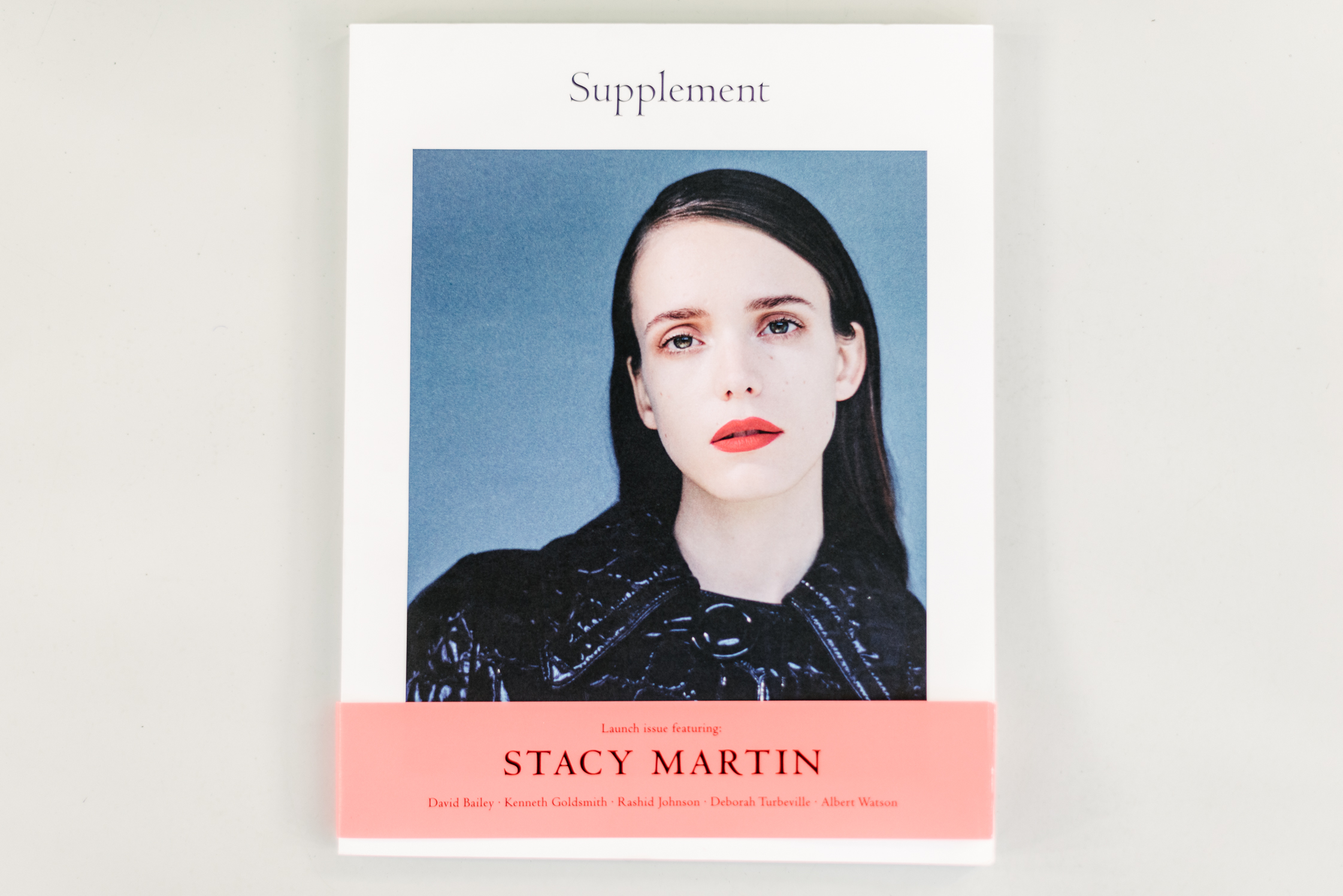
Supplement
I don’t get excited by fashion magazines anymore, as they tend to look quite similar, but this one is different. The cover is great, bold imagery, and with a really novel blend of photography and content. They’re doing something new, and I’m excited to see what happens next.
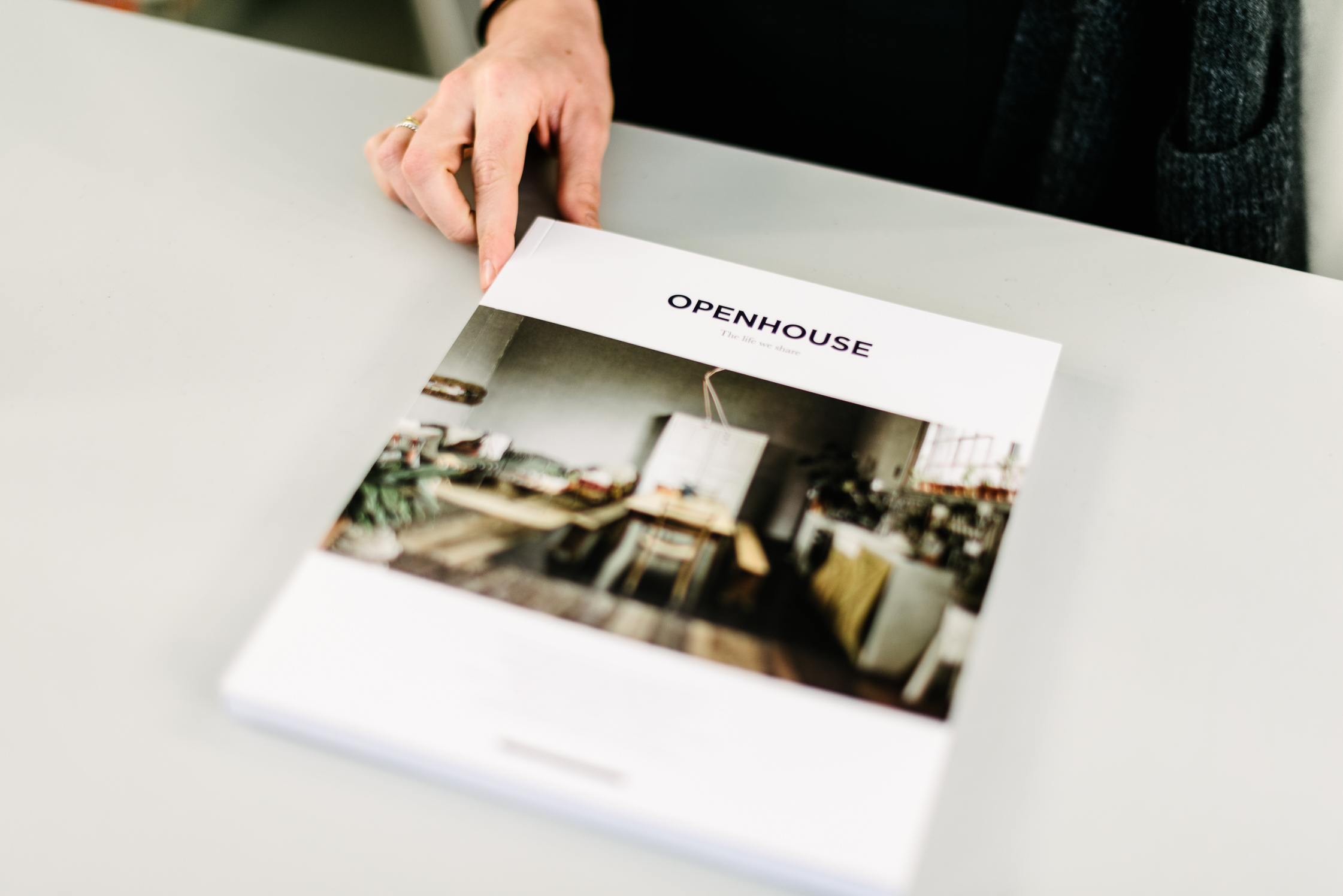
Openhouse
This Spanish magazine visits people who open their spaces to others. In this issue, it tells you about an old man in Paris who cooks for random people in his home each week. And a woman in Harlem who throws free jazz concerts in her living room.
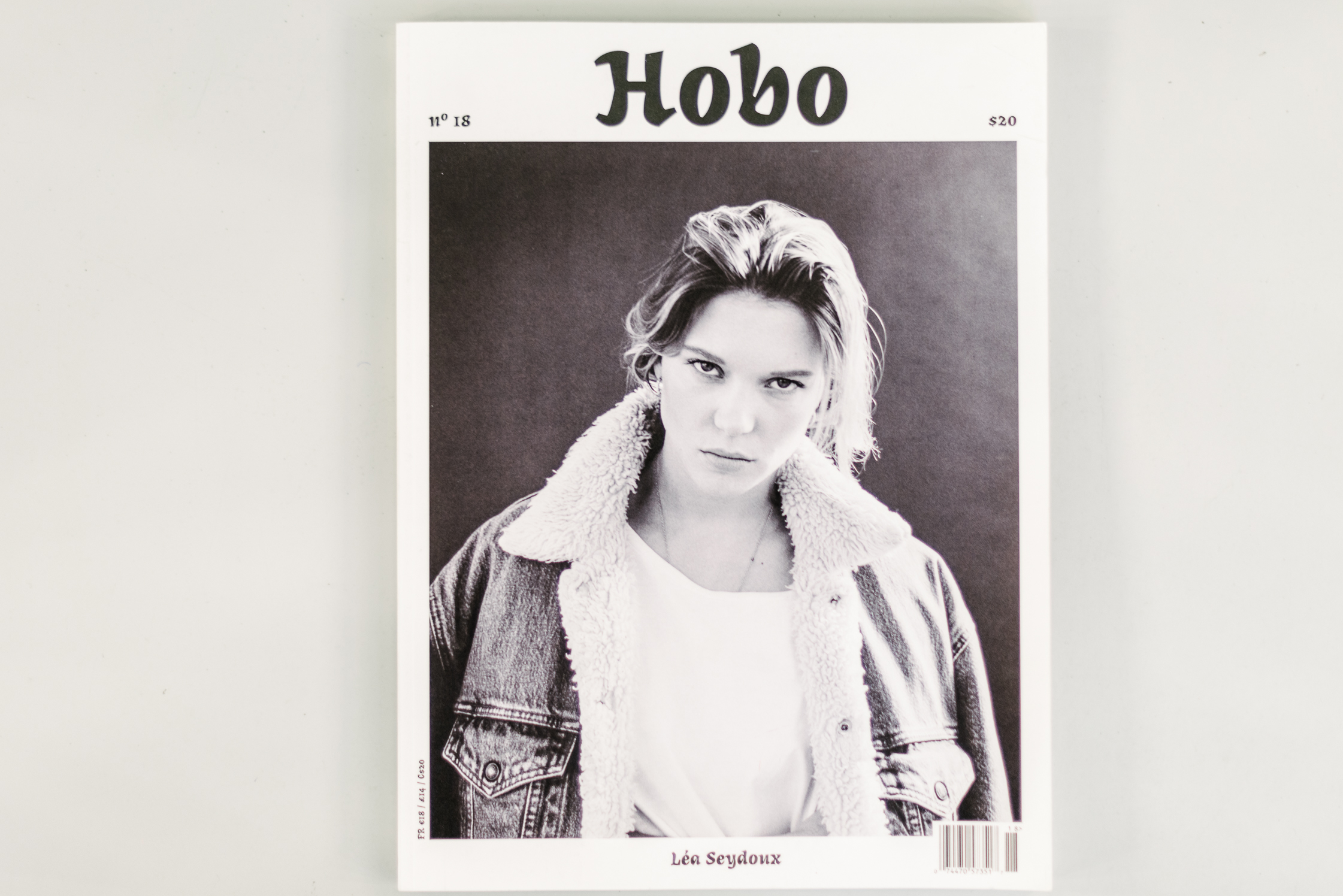
Hobo
It’s been around for a while but you never know when the next one will come. It’s a fashion and lifestyle magazine but it focuses on a connection with nature. It’s also a big format, which is unusual for Soda Books. A large magazine has to be really nice for us to stock it. This one is lovely and needs that space.
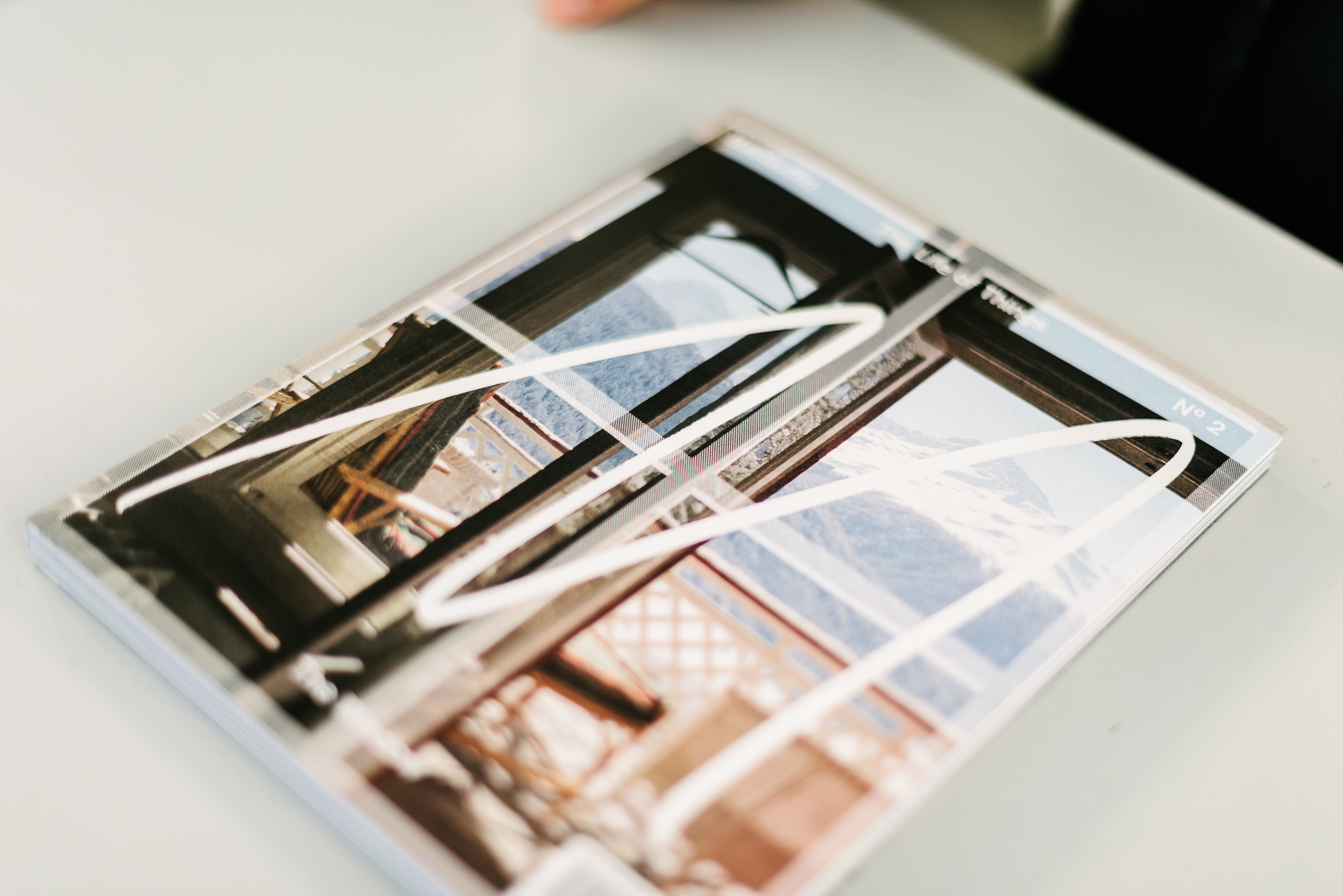
Macguffin
Macguffin is about the life of things. It’s very conceptual. Each issue explores one topic in a really arty way—this edition is all about windows. At first you look at it and don’t know what to do with it, but it’s a format that I really like.
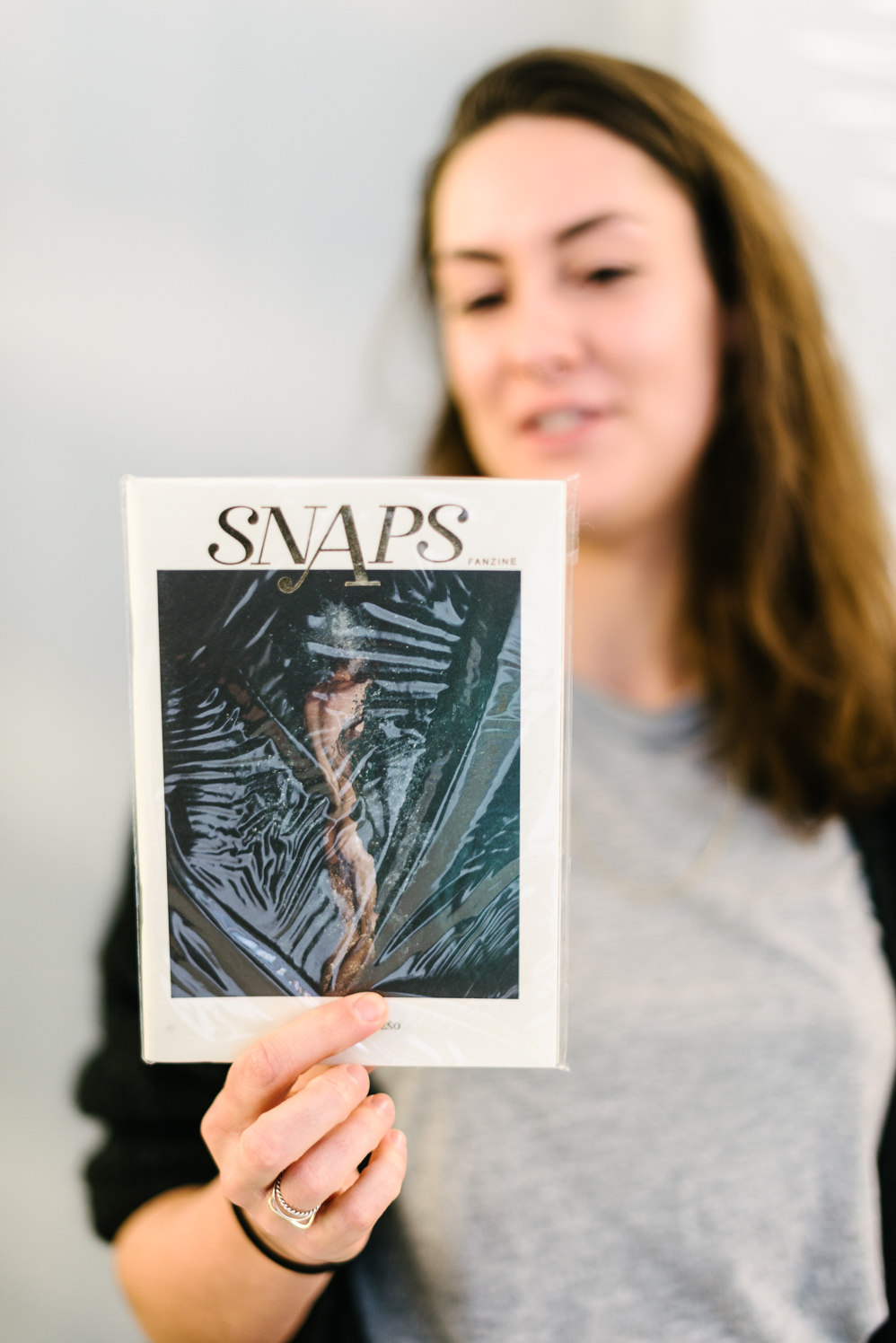
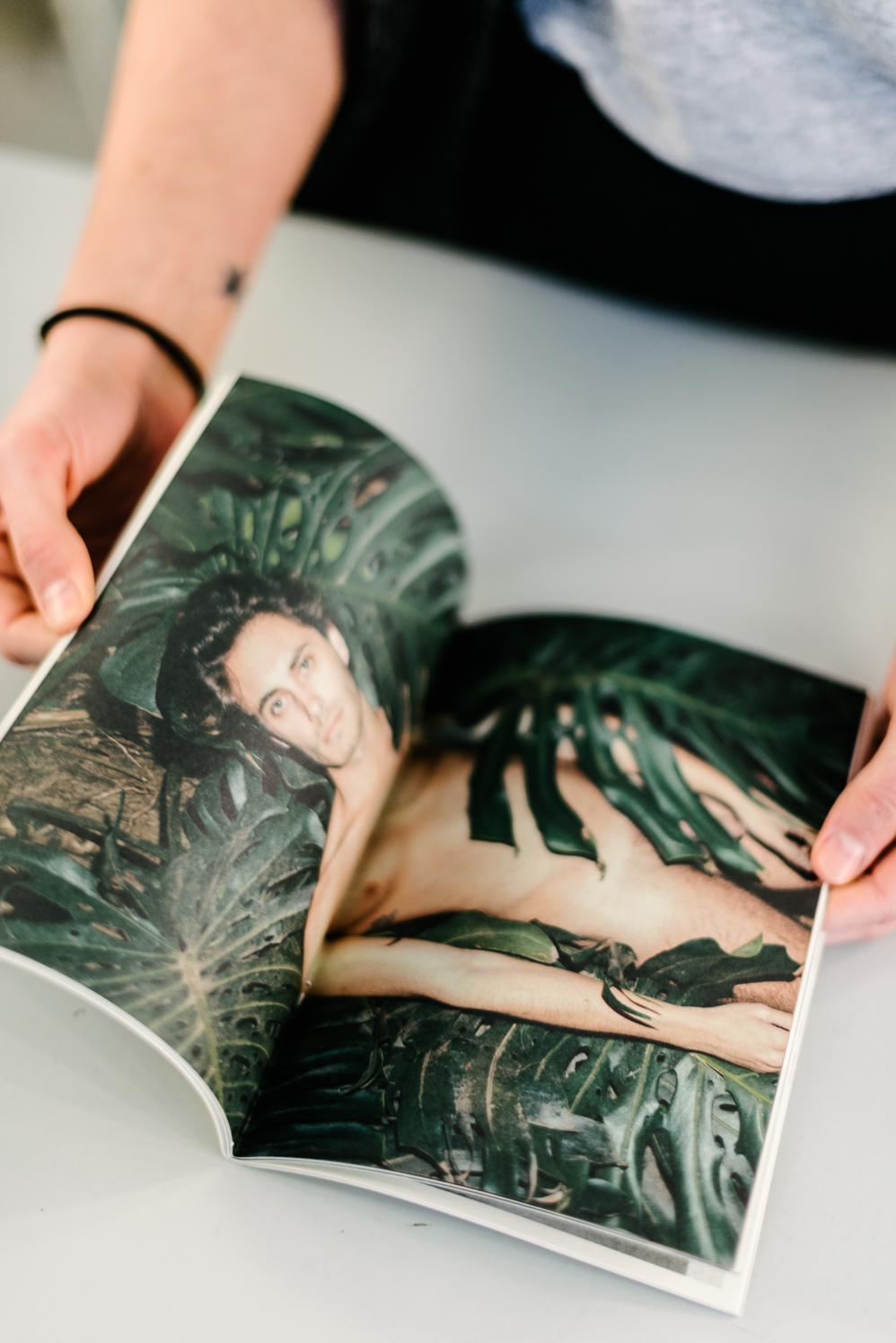
Snaps
No text, just butts: naked men in artistic poses. It’s something new, for an industry in which naked women are always on display. It’s a welcome change.
